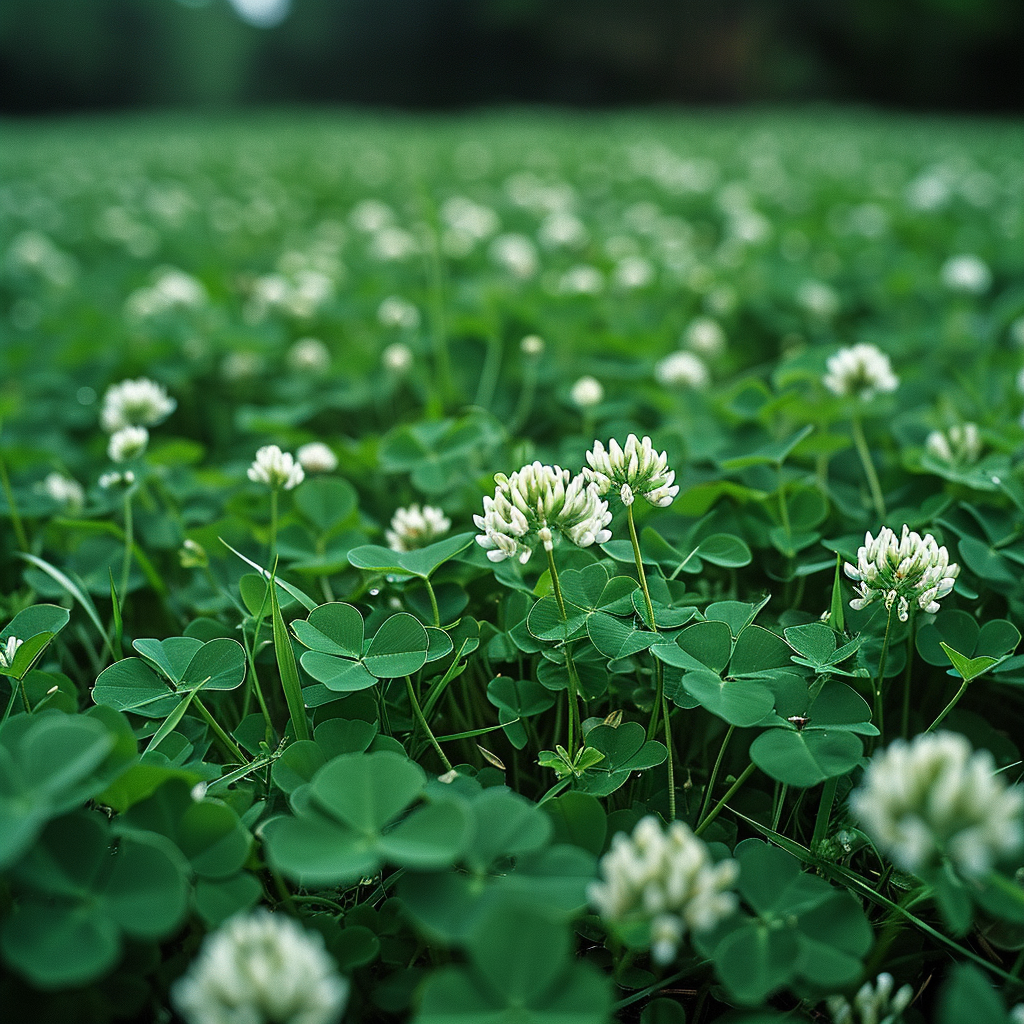For a low-growing replacement for grass in Zone 6 that requires less mowing and supports pollinators, there are several excellent options. Here are some plants you might consider:
Clover (Trifolium spp.):
Clover is a popular lawn alternative that’s low-maintenance, requires less water than grass, and doesn’t need frequent mowing. It attracts bees and other pollinators, enriches the soil by fixing nitrogen, and stays green through the summer.

Creeping Thyme (Thymus serpyllum):
This aromatic, evergreen herb forms a dense mat that can withstand light foot traffic. It’s drought-tolerant once established and blooms with small flowers that attract bees.

Chamomile (Chamaemelum nobile):
Roman chamomile forms a low-growing mat and has daisy-like flowers that attract pollinators. It’s fragrant, can handle some foot traffic, and requires minimal mowing.

Sedum (Sedum spp.):
There are many low-growing sedums that make excellent ground covers. They are drought-tolerant, require little maintenance, and their flowers are attractive to pollinators.
Buffalo Grass (Bouteloua dactyloides):
Native to North America, buffalo grass is a low-maintenance grass alternative that’s drought-tolerant and requires minimal mowing. It’s well-suited to the varying weather conditions of Zone 6.

Moss:
If your lawn area is shady and moist, moss can be a beautiful, velvety green alternative. It requires no mowing and is soft underfoot.

Remember, when transitioning from a traditional lawn to these alternatives, proper soil preparation and initial maintenance are key to success. Also, consider the specific conditions of your area, like sun exposure and soil type, when choosing the best option.